Sages that aren't salvias
dicot
16 years ago
Related Stories
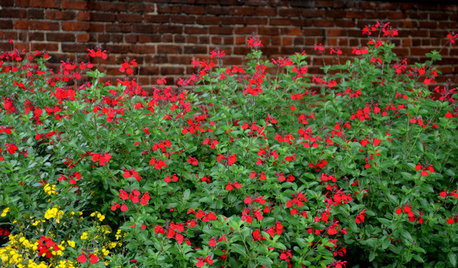
GARDENING GUIDESGreat Design Plant: Autumn Sage Brings Color and Butterflies
Whether you live in the arid desert or the humid South, you'll likely find this deer-resistant beauty as irresistible as winged creatures do
Full Story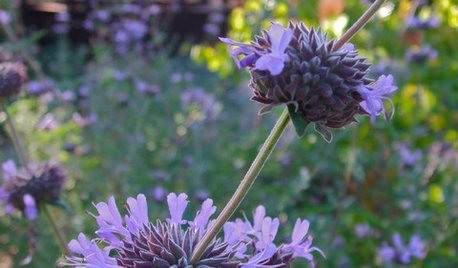
GARDENING GUIDESGreat Native Plant: Cleveland Sage
Get a whiff of this salvia for a garden experience to remember. Oh, and you can almost forget about maintenance
Full Story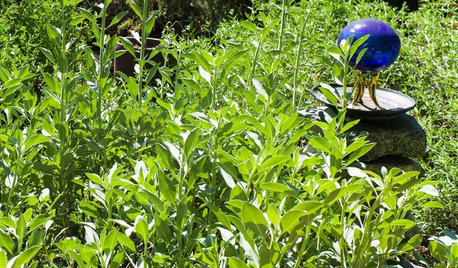
FLOWERS AND PLANTSWhite Sage Shimmers in the Water-Wise Garden
California native Salvia Apiana features silvery-green foliage and seasonal flowers that bees, hummingbirds and butterflies love
Full Story
GARDENING GUIDESGreat Design Plant: Blue Sage
True blue and adored by hummingbirds, blue sage is easy to grow from seed in a sunny fall garden
Full Story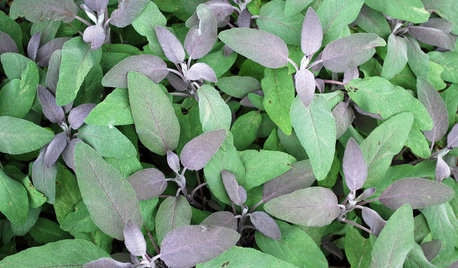
EDIBLE GARDENSHerb Garden Essentials: Grow Your Own Culinary Sage
Fill in your garden with this drought-tolerant perennial that’s flavorful and deer resistant
Full Story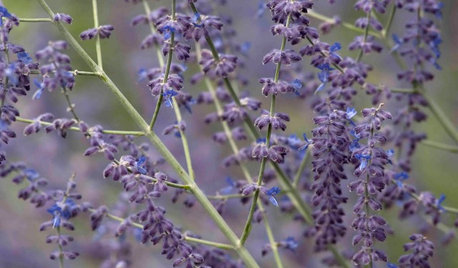
SPRING GARDENINGGreat Design Plant: Russian Sage
Silvery stems in winter and a haze of purple blooms in spring and summer make this spiky plant a year-round performer in the garden
Full Story
DECLUTTERINGDecluttering — Don't Let Fear Hold You Back
Sure, you might make a mistake when tackling a decluttering project, but that's OK. Here's why
Full Story
COLOR8 Color Palettes You Can't Get Wrong
Can't decide on a color scheme? Choose one of these foolproof palettes for a room that feels both timeless and fresh
Full Story
MOST POPULAR5 Remodels That Make Good Resale Value Sense — and 5 That Don’t
Find out which projects offer the best return on your investment dollars
Full Story
MOVING10 Rooms That Show You Don’t Need to Move to Get More Space
Daydreaming about moving or expanding but not sure if it’s practical right now? Consider these alternatives
Full StoryMore Discussions






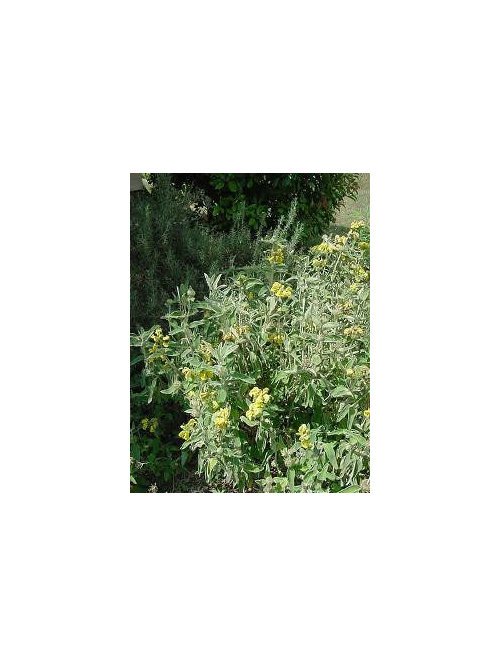
rich_dufresne
dicotOriginal Author
Related Professionals
Newcastle Landscape Architects & Landscape Designers · Gainesville Landscape Contractors · Norwood Landscape Contractors · Barrington Landscape Contractors · Clearlake Landscape Contractors · Hampton Bays Landscape Contractors · Hayden Landscape Contractors · Las Vegas Landscape Contractors · Lebanon Landscape Contractors · Little Ferry Landscape Contractors · Miller Place Landscape Contractors · Uxbridge Landscape Contractors · East Norriton Landscape Contractors · Shenandoah Landscape Contractors · Paterson Siding & Exteriorsyoureit
Salvia_guy
wcgypsy
dicotOriginal Author
rich_dufresne
wcgypsy
wcgypsy